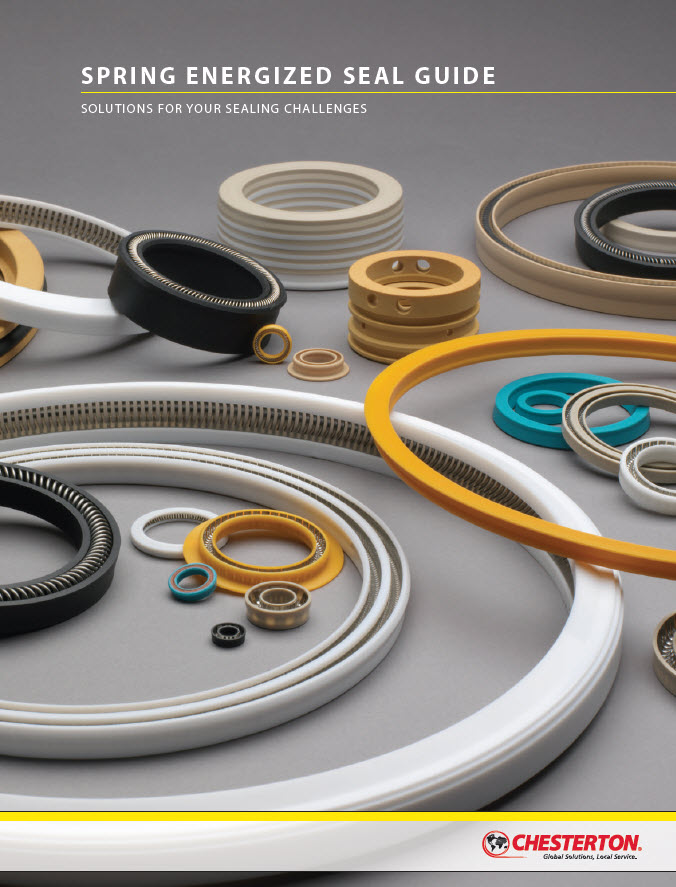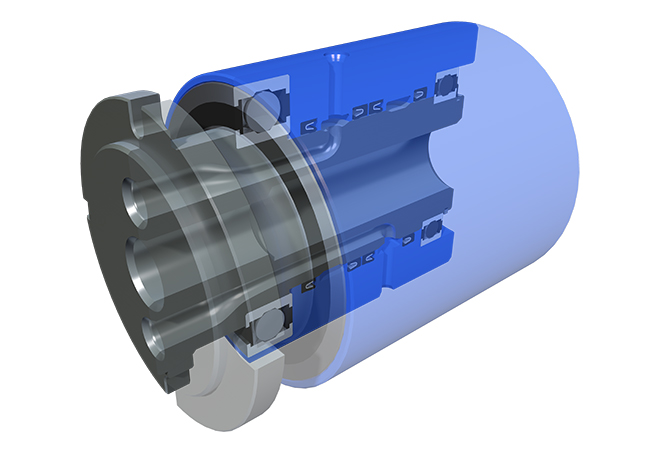
A rotary union is a device which provides a seal between a stationary supply passage and a rotating part, thereby allowing the transfer of fluid. It goes by a multitude of names, somewhat dependent on industry and application. These include: Swivel joint, rotary coupling, fluid swivel, rotary manifold, etc. Regardless, the basic purpose of a rotary union remains the same: Deliver media from a stationary input to a rotating part.
A rotary union is engineered to take into consideration the media to be transferred, rotational speed, pressure and temperature, and number of flow paths. The basic components are as follow:
- Housing: This holds all the other components of the rotary union together. It has an inlet port to which the line supplying the fluid is attached.
- Shaft: This transfers the medium through the device into the rotating part.
- Bearings: These are used to allow the shaft to rotate. They may be roller style bearings, such as ball or tapered, or non-roller bearings, such as bronze or thermoplastic bushings.
- Seals: These are arguably the most important components which are designed to prevent the media from leaking outside the rotary union while in operation.
Where Are Rotary Unions Used?
Rotary unions are used across several markets including industrial automation, food and beverage, alternative energy, oil and gas, and aerospace and defense. In fact, they are used so extensively it is easy to overlook their impact on equipment and system functionality.
Examples of a few applications include:
Computerized Numerical Control (CNC) Machine Cooling
Coolant must be delivered to parts made of metal and other materials undergoing machining. This fluid prevents overheating, maintains dimensional stability, and clears away machined debris.
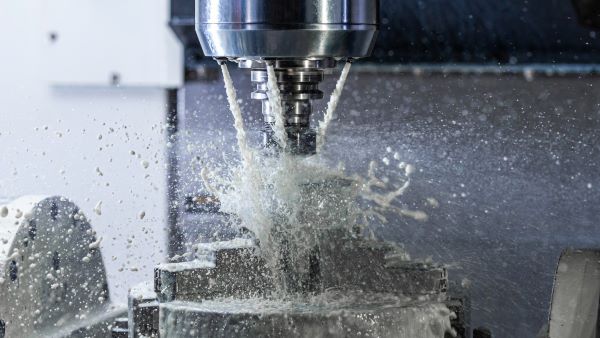
Bottle Filling and Capping
Cough syrup, shampoo, and soda beverages are bottled and subsequently capped through automated systems. Rotary unions are utilized to feed the relevant fluid from a central supply into these bottles as they move along a conveyor.
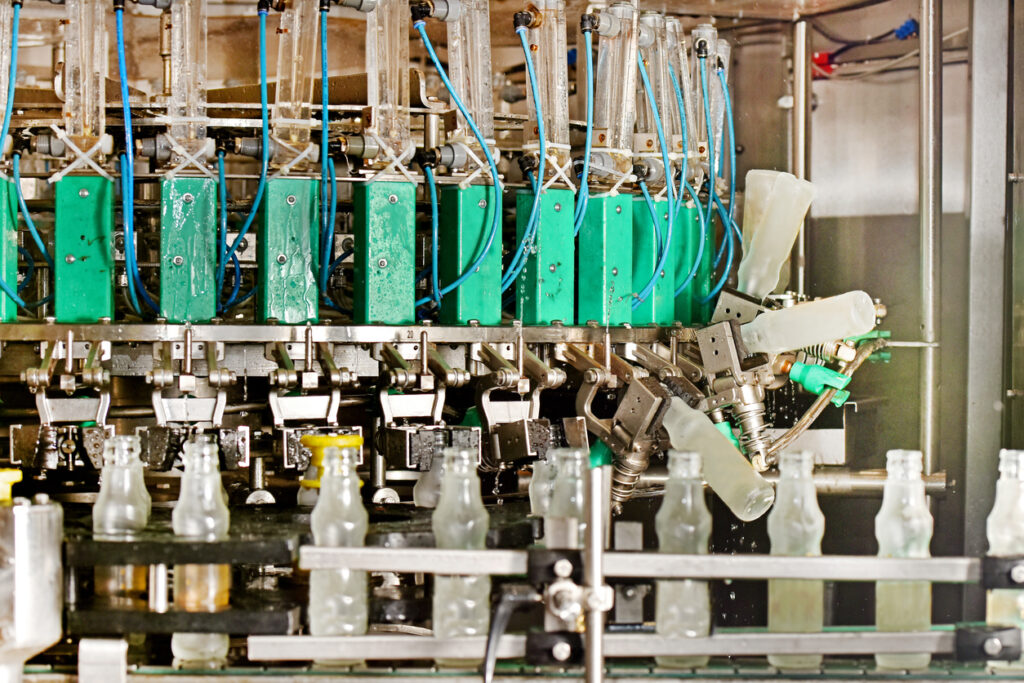
Hydro Dam Turbine Control
Hydroelectric dams assimilate power as water flows across turbine blades. Hydraulic lines are used to control the opening and closing of gates, and subsequent flow of water.
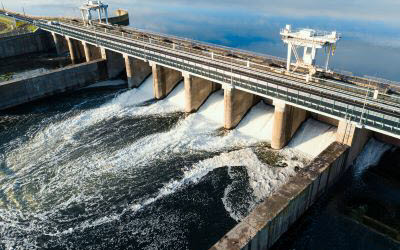
Floating Production Storage and Offloading (FPSO)
Toroidal swivels are utilized in mooring systems for offshore vessels which collect oil and gas from subsea reservoirs. These complex systems operate under extreme flow rates while undergoing substantial mechanical stresses.

Liquefied Natural Gas (LNG) Loading Arms
Loading arms are used to transfer fluid cargo to and from offshore vessels, tanker trucks, and railway cars. They must provide reliable delivery of cargo with leak-free sealing.
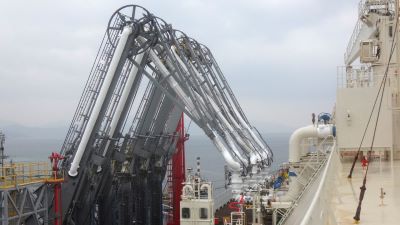
Radar Cooling Systems
Electronic systems on mobile units are in constant use, generate heat, and therefore require cooling systems. Cooling electronic systems in these applications involves specialized designs.
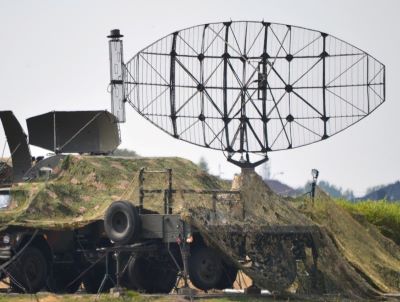
Operating parameters vary dependent on the specific application. Pressure can range from 0 to 20,000 psi and temperature from -150 to 400˚F. Rotational speeds generally fall in the range of 0 to 1000 rpm. Fluids may include water, oil, coolant or any other flowable media intended to be transferred. Flow passages may number from one (1) to ten (10) or more. A number of factors must be considered in the design of a rotary union, of which the sealing components may be the most important.
Material Selection in Rotary Seals
While acceptable for many static applications, traditional compression seals like O-Rings are not typically adequate for rotary sealing. Friction which causes wear and heat buildup can limit the life of rubber seals in direct contact with the shaft, and seal squeeze and stretch upon which compression seals depend can further exacerbate this issue. The images below show examples of O-Ring abrasion and compression set. These are due to excessive wear and potentially heat buildup, respectively, and both can lead to premature seal failure.
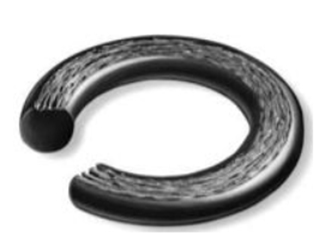
Abrasion
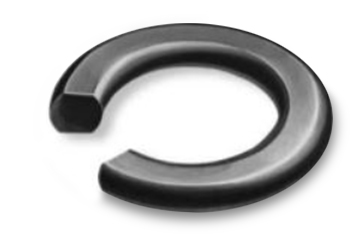
Compression Set
Friction is defined as the resistance of relative motion between two surfaces. The lower the coefficient of friction, the easier it is for surfaces to slide over one another. We want friction when walking in our shoes or driving in our car in order to maintain stability and control. However, friction in seals causes wear and tear and subsequently reduces life. Polytetrafluoroethylene (PTFE) is a thermoplastic material with an extremely low coefficient of friction. And it performs exceptionally in rotary sealing applications.
Material Coefficient of Friction
| Material | Against Material | Static Coefficient of Friction (µs) | Kinetic Coefficient of Friction (µk) |
| Shoes | Wood | 0.9 | 0.7 |
| Shoes | Ice | 0.1 | 0.05 |
| Tires | Concrete | 1.0 | 0.7 |
| Rubber | Steel | 0.8 | 0.7 |
| Teflon | Steel | 0.05 | 0.05 |
Spring Energized Seals and Design Considerations
A spring energized seal (SES) consists of a jacket, typically machined from PTFE. A spring is inserted in order to energize the seals lips, thereby keeping them in contact with the seal gland and shaft. This provides a relatively low friction sealing solution. In addition to better dynamic life versus traditional compression seals, these low friction seals result in fewer stick slip issues and less motor power consumption. That relates to less wear and tear on equipment and systems. It should be noted that PTFE can be modified with fillers such as carbon, graphite, molybdenum disulfide, and polyimide to further accentuate certain characteristics.
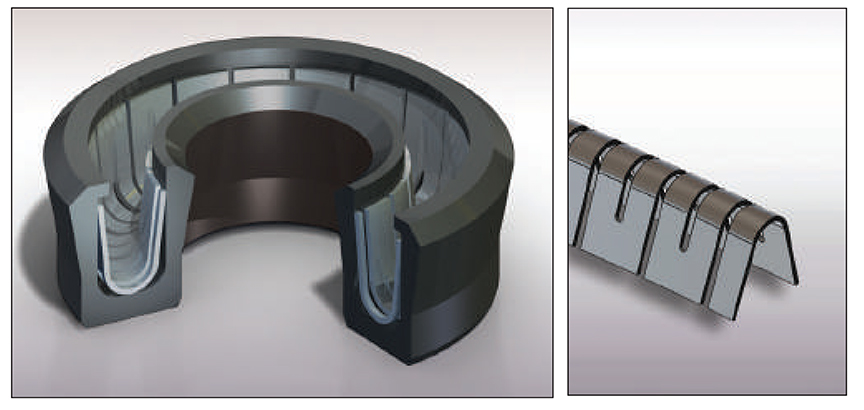
Series 100 – Cantilever Spring Energized Seal
- Pressure: SES can be designed for systems to seal 20,000 psi and greater. That said, for particularly high working pressures, gaps in gland hardware must be tightened. Fillers can be added to the SES jacket material and a separate back-up ring component examined in order to resist seal extrusion.
- Temperature: As temperature increases polymers become softer. In isolation this is not typically an issue for an SES jacket made from material in its working temperature range (-450 to 450˚F). However, in concert with high system pressure, consideration should be given to filler systems which increase rigidity.
- Rotational speed: As rotational speed increases, more wear resistant materials are required. Fillers can be added to reduce both jacket wear and friction. Although all dynamic surfaces should have smooth surface finishes (8 – 16 micro inch Ra), a harder shaft material may need to be investigated in order to prevent scoring.
Summary
Seal designs for rotary unions must be carefully considered. Materials must be wisely selected, finishes well machined, and fits carefully observed. Due to the dynamic nature of these devices and, in some cases, challenging operational paramet
ers, sealing is imperative to ensure adequate transfer of media while also maximizing life of the rotary union.
If you have any questions, contact your local Chesterton office or Chesterton’s Ask the Expert service.
For more information on how to choose spring designs and materials for specific applications, download the Chesterton Spring Energized Seal Guide. Learn more.
